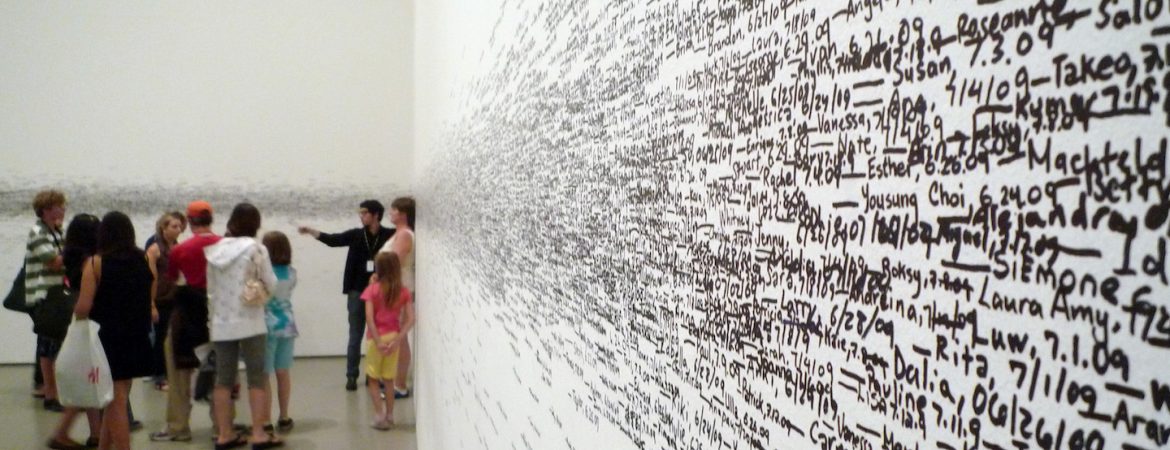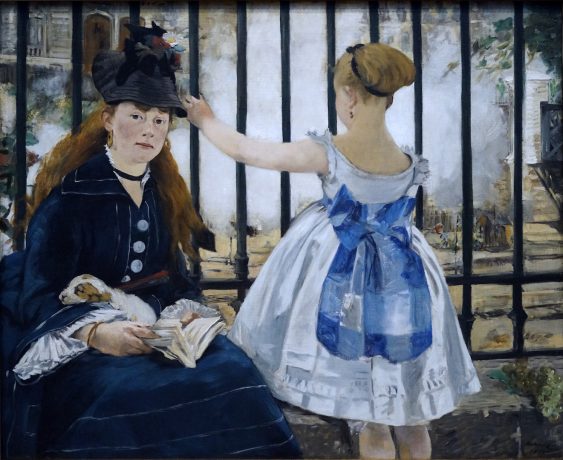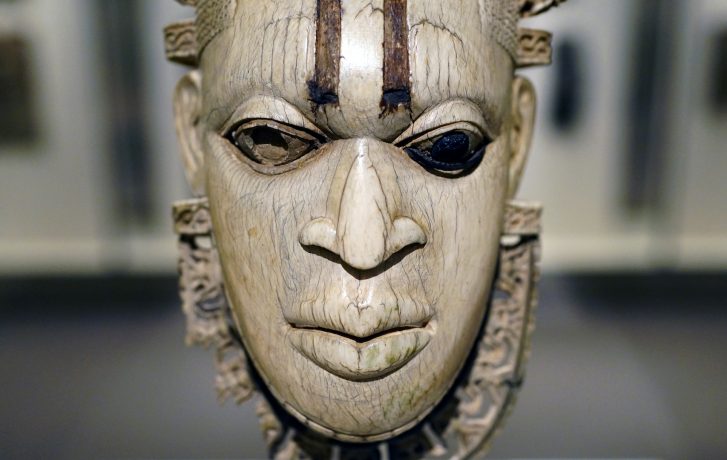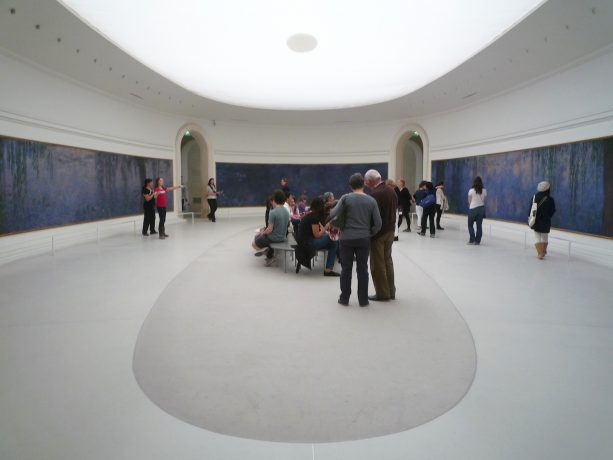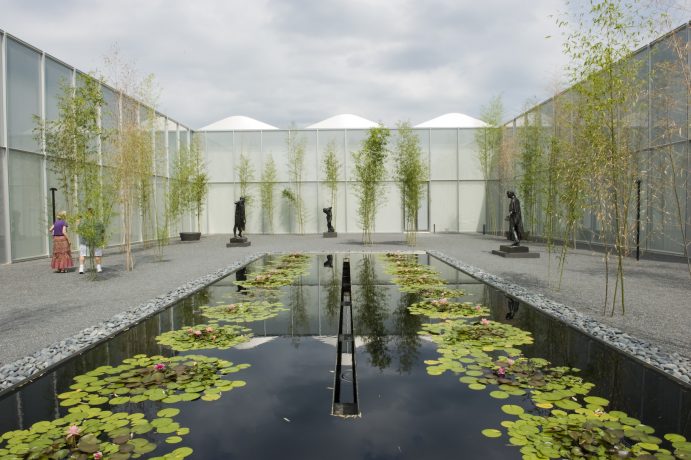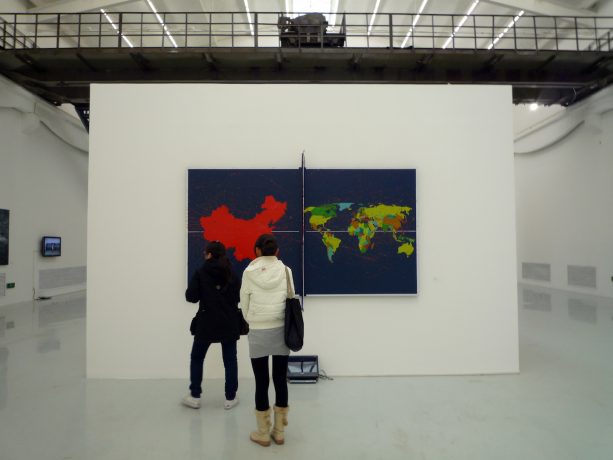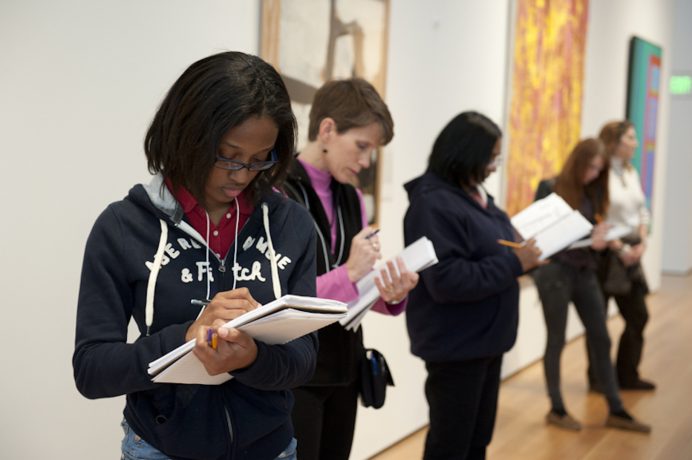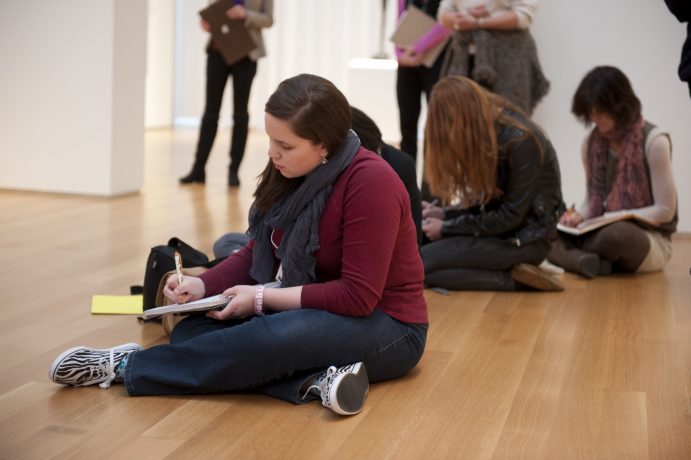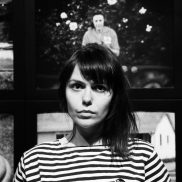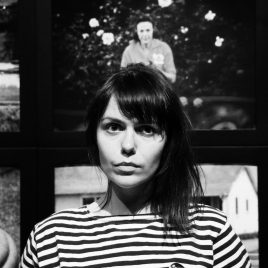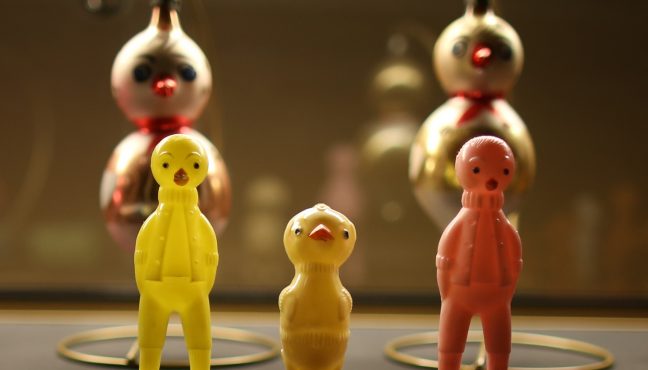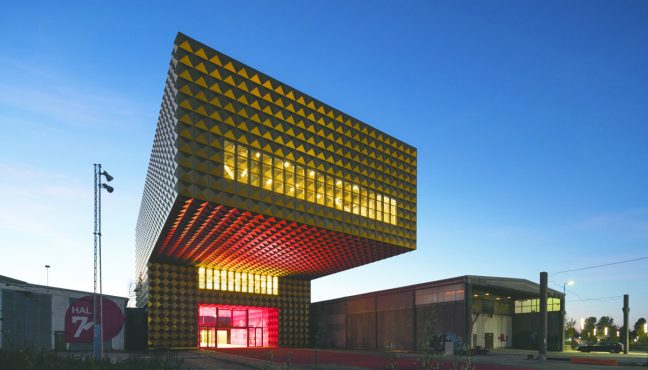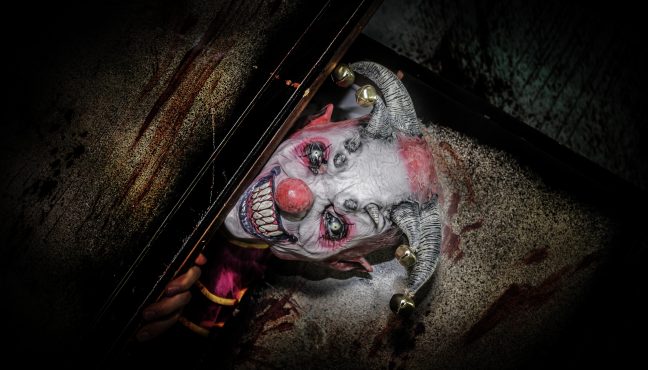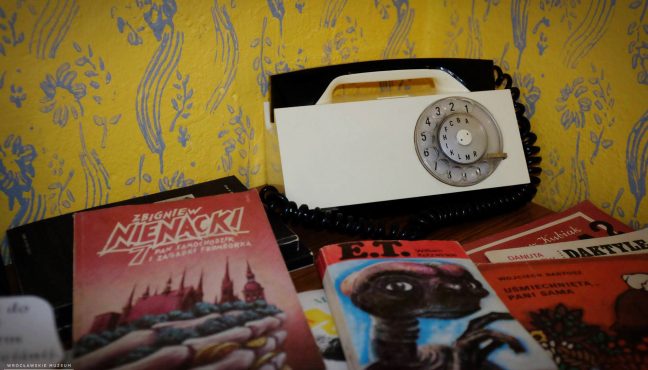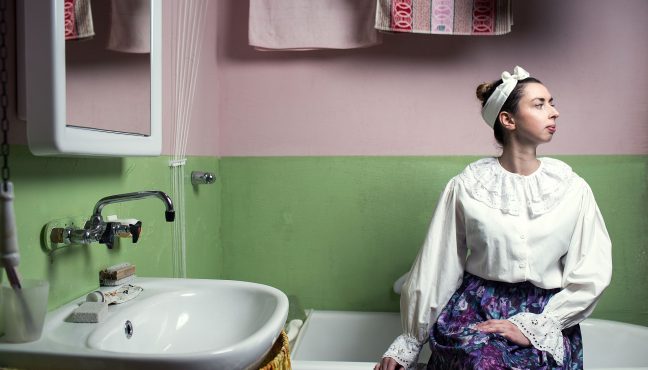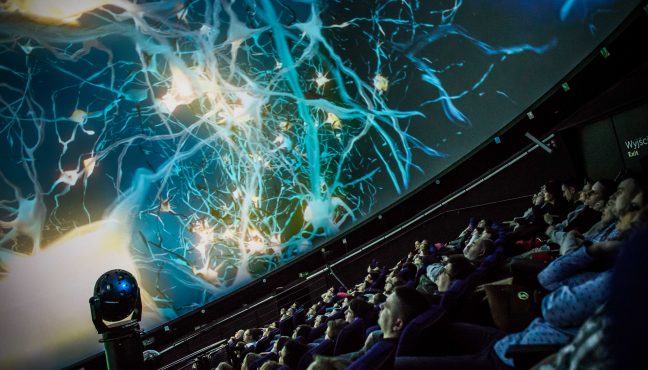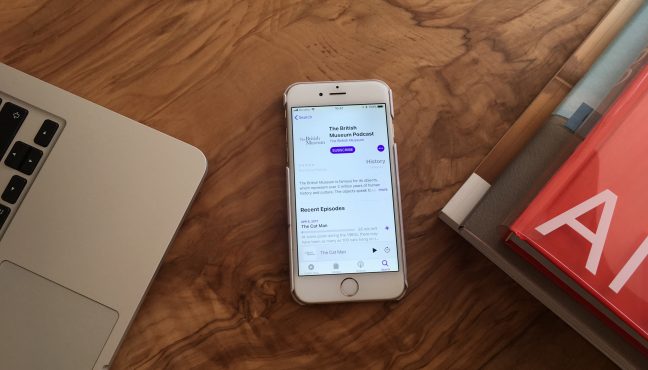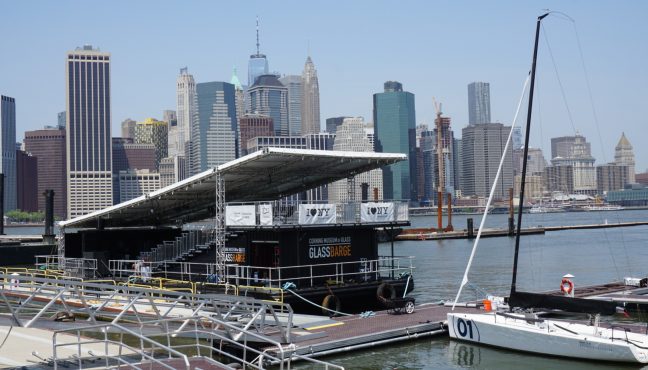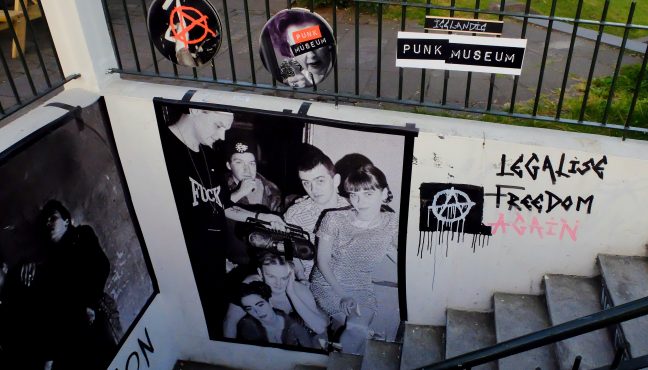It has only been 6 years since Google launched the acclaimed Google Art Project, an online tool that provides access to the largest museums’ collections worldwide. Since then, numerous museums went online and digitized their collections both for preservation and access to artworks for larger audiences. To start with, this has made art more accessible. Can’t go to a museum? No problem, just turn on your computer. But apart from increasing the level of engagement, museums shared these resources with educators. Now both teachers and students are free to use resources of, say MET, or Uffizi. How great is that?
Museum educators applied their creative skills to design the most engaging and efficient courses for different audiences and levels of expertise. It can be pretty overwhelming to find the right educational program depending on what your goal is. To enrich your knowledge of art history? Or get a certification, or engage your kids in fun activities so they could learn more about art in a playful dynamic environment?
Unlike reading about art (even though we find it very exciting and useful), online courses and programs offered by museums are deeply engaging and fit various audiences due to participatory and interactive experiences they offer. We decided to check if this statement is true, and embarked on a search for the best online courses offered by museums. Here’s our list! -
1. Smarthistory
In our humble opinion, it is one of the best online resources for self-education. Smarthistory was founded in 2005 by Beth Harris and Steven Zucker, professors and educators, who originally saw it as an educational resource for their students. It has grown since then, got numerous awards, and has collaborated with the world’s most prominent museums. Among them – MET, MoMA, Tate, Getty Museum, Asian Art Museums and more. What do we like about Smarthistory? It is free. It has more than 1000 videos on art history and cultural heritage. All materials are created by experts in art history, archaeology, ethnography and other disciplines. There is a LOT of visual content. Mostly, images provided by museums. We absolutely love the videos, all coupled with articles. It makes the learning process more engaging. Finally, Smarthistory has resources for different levels of expertise: from juniors to Graduate School students.
2. Virtual Public School Courses by the North Carolina Museum of Art
We were fascinated by the program designed by North Carolina Museum of Art. It was the first (!) museum in the country to offer for-credit online courses for high school students through a partnership with the North Carolina Virtual Public School (NCVPS). Courses on Fashion, Game Design, Videography are now available for high school students! And all of them are free of charge for North Carolina public schools students.
Emily Kotecki, North Carolina Museum of Art Distance Learning Educator, explains why online art education is so important:
"As field trip budgets and arts funding are cut from schools, online courses provides a great opportunity for students to access high quality art education".
Distance Learning offered a solution to increase these course offerings and provide highly qualified instructors and content to any school in North Carolina. Distance Learning allows students to engage with works of art and connect with their state art museum that they otherwise may not have been able to. Each space: online or onsite has its pros and cons so when we’ve designed online art experience, we try to maximize that space to help students learn and engage with the content. In an online course, we try to use video and other multimedia elements to bring the art to life, showing scale and details, interviews with the artists, etc. We pioneered new ways of online learning by bringing the trends of “flipped” and “blended” learning into the museum to create a signature program called Artists in Process. This approach combines the best of onsite experiences at a Museum and distance learning to customize learning to each student’s interests and learning style.
3. #MetKids
#MetKids is probably one of the most fun ways to explore art. Trust us: even though we can hardly be referred to as kids, we spent hours browsing #MetKids interactive website and learning fun facts about the history of art.
The platform was developed for kids from 7 to 12 years old. The interface of the website is very well designed and easy to use. So what can you do and how can you learn? First, we suggest you explore the map! An animated map allows to get a grasp of museum’s architecture, visit different departments, check out the most famous artworks presented in the museum. The map is supported by images from MET’s collection. Our favourite feature of #MetKids – The Time Machine! This feature allows you to program the destination and time period in the art history that you are keen to explore. Just pick Ancient World – Europe – Fashion, press the button, and the Time Machine will take you to Gallery 162 that houses sculptures dated 1000 B.C. that very well present the way people were dressed then. Then hop back in the Time Machine, and you are in Medieval Africa exploring artifacts in the Gallery 450.
We say big thank you to MET educators who found such an easy way to explore art!
4. MoMA Online Courses for Educators
One more online course that we loved! Art & Activity: Interactive Strategies for Engaging with Art offered by MoMA and available on Coursera is good for educators as well as parents who want to learn about the strategies to teach their kids some art. The course is free, but if you want to have a certificate (which we do) – it will cost you $60 USD. Not that expensive for a MoMA course for educators, right? The 4-week course helps to build the foundation of the most effective approaches in applying interactive strategies to teaching art. MoMA educators believe that these skills can be applied across a wide range of subjects. Indeed, we feel like what we learned in these 4 weeks – strategies, use of visual and audio material, interactive tasks and hands-on – can be applied to roughly all humanities courses.
Each week covers different approaches to teaching: designing a course, use of visual materials, sound and movement activities. Apart from video lectures, the course provides required readings and additional material, such as a collection of artworks you can refer to. Each week is followed by a quiz. You are encouraged to review assignments of your peers too. By the end of the course you receive a grade. If it is good and if you are a professional educator, or want to become one – we recommend to purchase a certificate.
5. Course on Museology by the National Museums of Liverpool
Behind the Scenes at the 21st Century Museum is a perfect fit for those working in the cultural sector, museum professionals, students in Museum Studies, Art History and Anthropology. This course is a collaboration between the School of Museum Studies at the University of Leicester and National Museums Liverpool. Creators of the course suggest to reflect on museums’ role in the society and their impact on audiences. They use case studies to support these ideas. The course is free.
